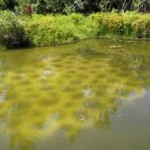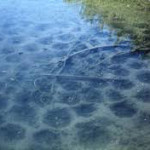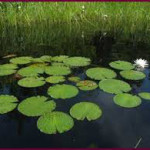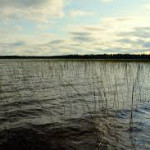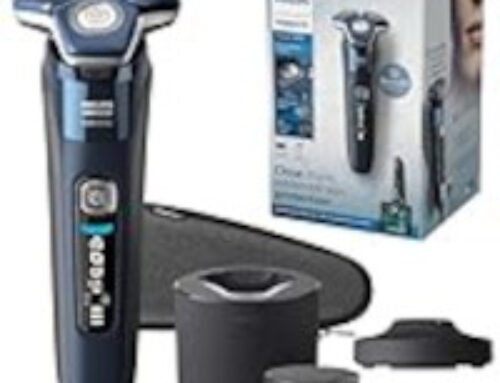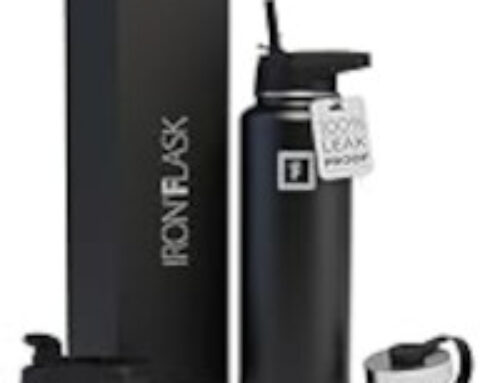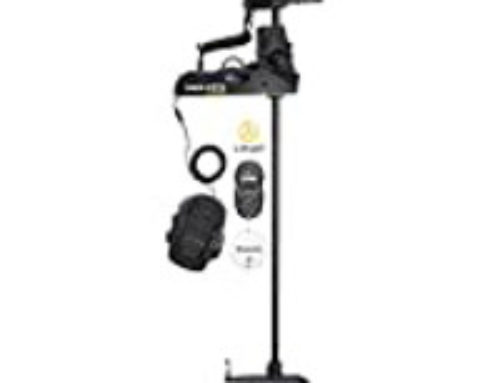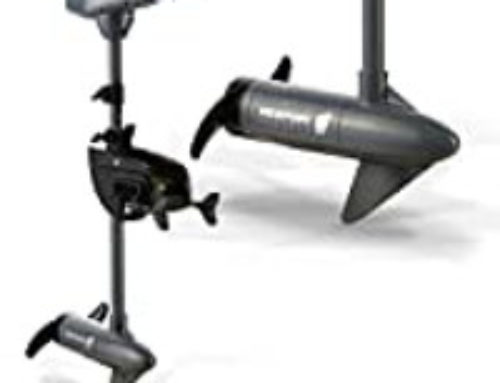How to Locate Bluegill Beds
The first step in locating Bluegill beds is to know what to look for and then how to find them. Bluegills will bed in shallow beds, which can be a few inches to 2 feet deep and in deep water beds, which I have found up to 7 feet deep.
What Shoreline To Look For
When looking for early spawning Bluegills you will want to first look for the muck bays with some sand or gravel. These bays warm up much faster than other bodies of water and the bluegills will move into here first to feed and spawn. These beds you will be able to visually see, so troll very slow down the shoreline, within 5 yards and look for circular beds, they should have bluegills swimming around them.
As the spring warms up the water the bluegills will move to a more sandy (some gravel) bottom for shallow beds and a gravel (some sand) bottom for deep beds. For deep beds you will need a very clear lake with a clear day to see or you will need to use your fly rod to find.
Structure To Look For
When looking for spawning areas you want to look for bays, points, and areas where the bottom has a good sand and gravel mix. In the muck bays look for the Lily Pads and start there. On other bays and points look for the pencil weeds as they grow more in the sand and gravel bottoms, but also check out any areas where the bottom structure will change from weedy to sandy-gravel. The final area to look for spawning beds is where a property owner has dumped gravel into their shoreline, not legal, but it’s done. This will also house several dozen to a couple hundred bluegill beds.
Methods To Use To Find Bluegill Beds
There are only two methods I know of for finding Bluegill Beds; slow shoreline trolling and visually spotting these beds and by using a Fly Rod working down the shoreline. By using a fly rod you will know as they will hit the dry fly quickly and in many cases more than one Bluegill will attach at one time. Once you find these beds you can fish them year after year in the same spot.
Shallow And Deep Water Bed Advantages
Shallow water beds are very easy to find, however you know how the Bluegill fight, swimming sideways. Well in shallow water you have the lily pads and weeds to contend with also, which makes it much more challenging to land those big males. However, you will be protected from the wind making is much easier to use a Fly Rod.
Deep water beds you can find on a clear day in a clear water lake, otherwise you will need to use a Fly Rod and dry fly (Spider) to find them. The advantage is you will not need to fight any weeds or lily pads.
The size of the Bluegills on shallow and deep water beds are the same, both will produce large bluegills.

